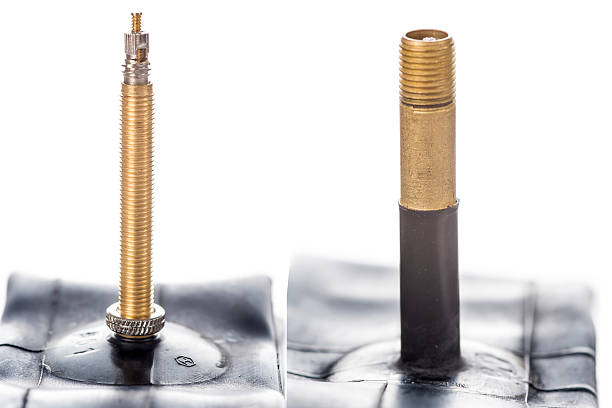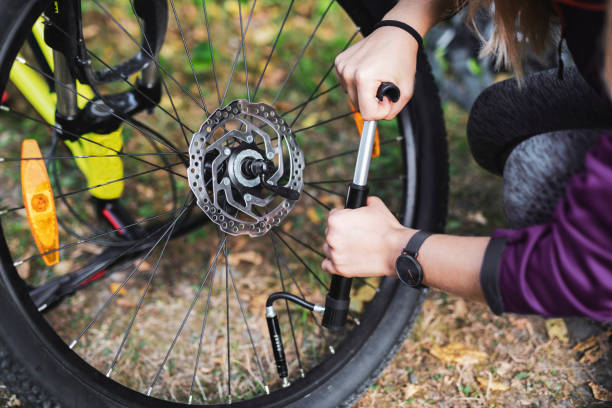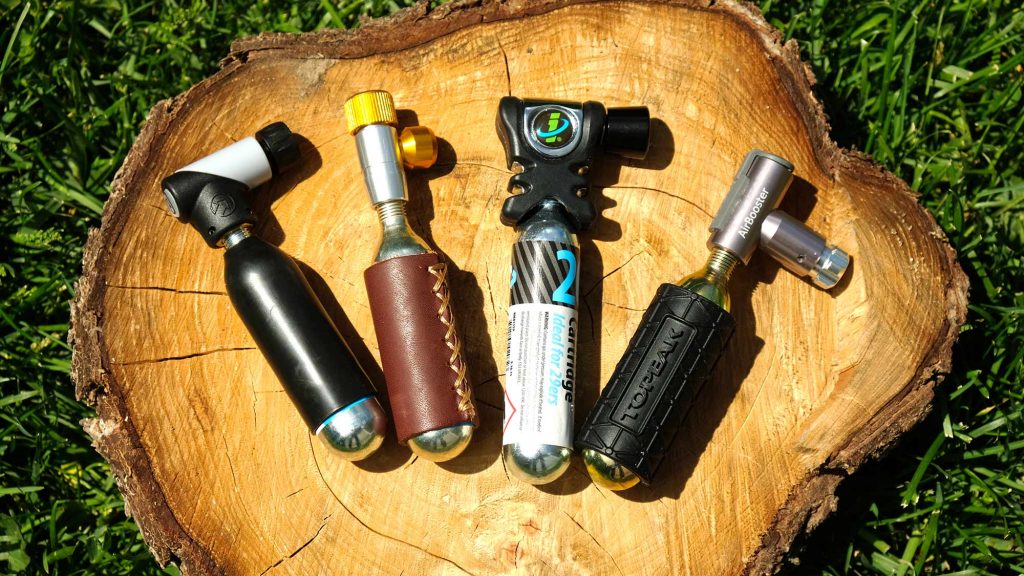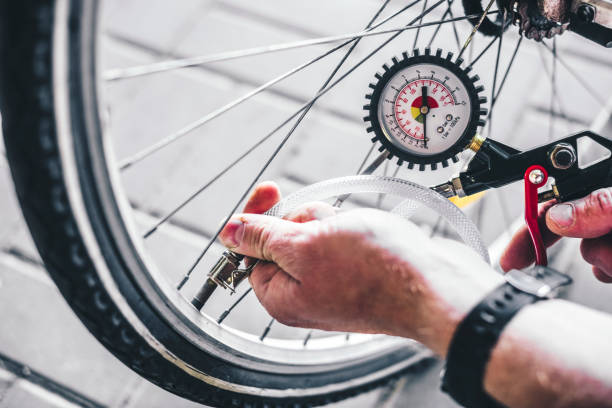If you haven’t hopped on your bike in a while or the weather has changed, your tires will most likely need a bit of inflating. Fortunately, pumping up a bike tire is as easy as falling off a log. To keep those wheels running smoothly, it’s a good idea to check the tires before every ride. This usually takes a little hand-squeeze to check the pressure.
Maintaining proper tire pressure will definitely improve the quality of your ride. When your tires are sufficiently inflated, you’ll feel safer and have better grip and handling no matter what bumpy road or twisting trail you find yourself cruising down. But if your tires are squishy, you will feel a heavier rolling resistance and you risk damaging the wheels which takes time and money to repair.
Knowing how to pump up a road bike tire is an essential element of cycling. While the task itself is fairly simple, the different types of valves and pumps, as well as knowing the exact amount of pressure, make it intimidating for those who are new to cycling.
Identify Your Valve Type

First things first, you need to know the bike tire valve types and work out what type of valve you’ll be dealing with before setting up your tire for pumping. The valve plays a significant role in ensuring your tires are in for the long haul, ride best, and resist pinch flats.
Depending on your bike, most tires have either a Presta or a Schrader valve. Telling the difference between the two is quite simple. Schrader valves are wider and shorter in diameter and have an inverted round opening needle with a spring used to open and close the passage of air. Presta valves, on the other hand, are slimmer, longer, and their needle sticks out. Rather than using a spring to release the air, Prestas have an integrated nut that keeps it shut. To release the air, you would need to unscrew the locknut.
What makes Presta valves more favorable is that even when the plastic cap is open, it won’t leak air. This means even if you forget to put the valve cap back, you don’t have to worry about having a flat tire again after 300 meters down the road.
Use the Correct Pump
As each valve is different, it’s important to make sure they are compatible with the type of pump you have. Because pumps have unique head connections, they are not easily interchangeable with tires that have either a Presta or Schrader valve. Some pumps have dual attachments and fit with both valve types—the smaller one for Presta and the larger one for Schrader.
There are many bicycle tyre pumps for you to choose from, but generally, they fall into two categories.
Floor Pumps

Floor pumps are a great tool to keep stored in your garage and maintain your bike at home. They are larger and take fewer strokes to pump up your tires. With a high capacity of 160 up to 200 PSI, they inflate a bike’s tire in a pinch.
Hand Pumps

A floor pump has higher capacity and is much easier to use, but you can’t take it with you when riding. A hand pump, on the other hand, is much smaller, and it fits comfortably in jersey pockets. Although they are limited in PSI and normally take longer and a lot of heavy pumping to fully inflate a tire, they are still perfect for quick trips out.
CO2 inflator

Another way to inflate your bike’s tires is by using a CO2 inflator. They contain compressed carbon dioxide and are lifesavers when you need some extra air on the go. They are short-term solutions and not something you’d want to use regularly because they dissipate rather quickly in the span of a single day.
Use the Correct Pounds-per-Square-Inch (PSI)
Bike tires should have enough air to function properly, and inflating them to the exact psi requires some finesse. Usually, tires have a minimum and maximum pressure threshold printed on the sides, typically ranging from 25 to 120 PSI, depending on the bike and different terrains. It’s advisable to stick to the manufacturer’s specifications and not go over those limits because they are there for a reason.
By default, your tire should be inflated enough to avert it flattening all the way to the rim or prevent it from completely blowing out. However, there is room to modify the pressure and set it on the amount of pressure that works for you best.
How to Pump Up a Road Bike Tire

Usually, there’s not much to it—pumping a bike tire is pretty much self-explanatory. But if you’re still confused on how exactly the process goes, follow the steps below:
- Step 1: Remove the plastic cap (if you still have one).
- Step 2: Determine the recommended PSI for your tires. Some pumps have a gauge to guide you on the optimal pressure. But if there is no gauge, check on the sides of the tires for the recommended PSI.
- Step 3: Put the pump head onto the valve. If you have a pump that fits with both Presta and Schrader valve, all the better.
- Step 4: Seat the tire properly and inflate it. If you’re using a floor pump, it’s better to put one foot on each side of the stand. With a hand pump, place one hand firmly on the valve and pump with the other.
Voila! Your bike is ready for use. Keep checking the tire pressure, though, as they naturally deflate over time. Keep the PSI on a sweet spot for a smooth and comfortable ride.




